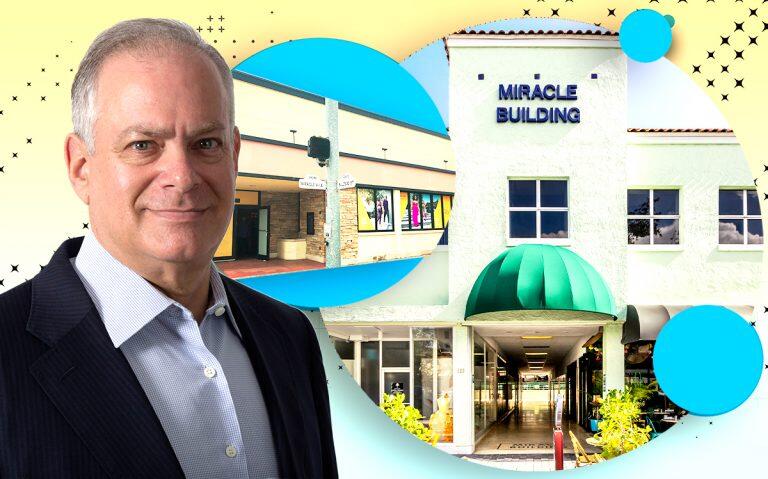CRE Financing Adapts to the Times
Once upon a time, debt was inexpensive, meaning more leverage for more commercial real estate investments and projects. Fast-forward today, and so-called cheap money is dwindling in the rear-view mirror. Up ahead seems grim news as the Federal Reserve attempts to pull back on inflation, and the GDP fell for a second quarter in a row.
What this means for commercial real estate is that “borrowers and lenders alike are becoming more discerning about their financing decisions,” said Gary Bechtel, CEO of Red Oak Capital Holdings. Or, as Bechtel and other experts told Connect CRE, commercial real estate financing borrowing and lending are far from dead. Rather, they’re undergoing some shifts as investors, owners and developers attempt to navigate through today’s economic reality.
Aeraj Patel pointed out that both investors and capital providers are coming up with what he called “several unique methods” that seem to be effective when considering economic and market volatility. “These include use of interest rate swaps, interest rate cap purchases and low-cost bridge financing,” explained Patel, who is Matthews Real Estate Investment Services’ Associate of Capital Markets. Still others are “seeking out assets that carry a debt structure, which includes assumably,” Patel added.
Meanwhile, iProperty Management, which works with apartment and property owners and managers throughout the United States, has long been examining other financing methods. “It’s definitely pushed us to look for other methods of financing, like hard money loans,” said CEO Leonard Ang. “We’re also starting to explore the idea of tokenization to raise money from investors.”
Other operators and investors that saw the writing on the wall in 2021 acted to add cash to their balance sheets. Terranova Corp. refinanced approximately $150 million of its properties in Q4 2021 in anticipation of a run-up in interest rates and an economic slowdown. “We entered the downturn with strong liquidity, ready to participate in distress opportunities as they begin to surface,” Terranova Founder and CEO Stephen Bittel said.
Along those lines, Patel noted that many investors are cashing out, re-leveraging and trading up into greater cash-flow assets, sometimes with help from 1031 exchanges. Meanwhile, Ang said iProperty is directing more financial resources into upgrading and improving units, and “automating our management practices to increase margins with less growth.”
Even in the midst of fearful economic news, the experts expressed confidence that plenty of capital is available for a multitude of projects. But in the current environment, obtaining that liquidity requires ingenuity, planning and some creativity. “The good news is the number of options available for borrowers is higher than ever, particularly from the alternative/non-bank lending community,” Bechtel said. “The capital stack has expanded, and borrowers now have a wide array of options, and don’t have to rely on one capital sponsor for the entire project.”


